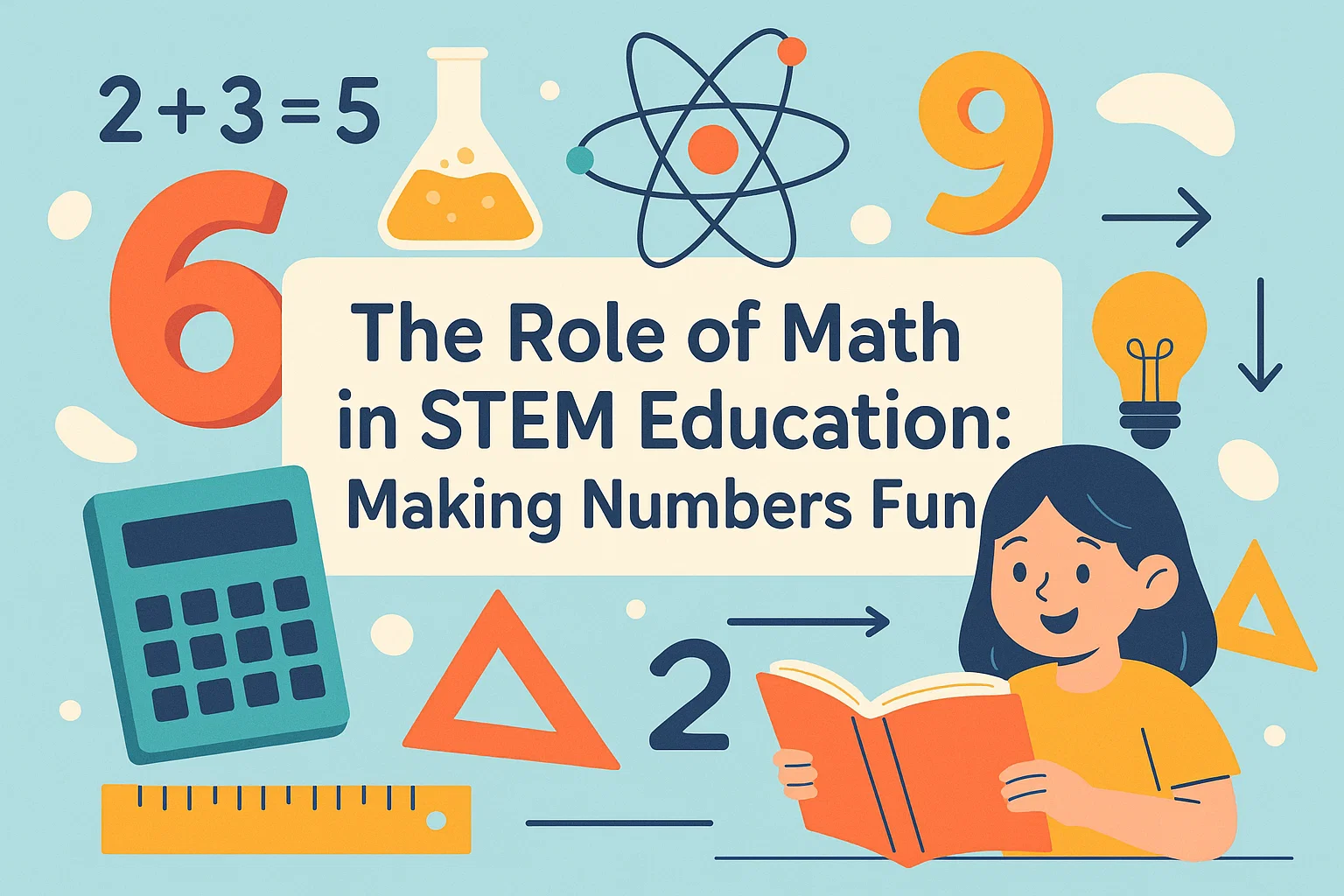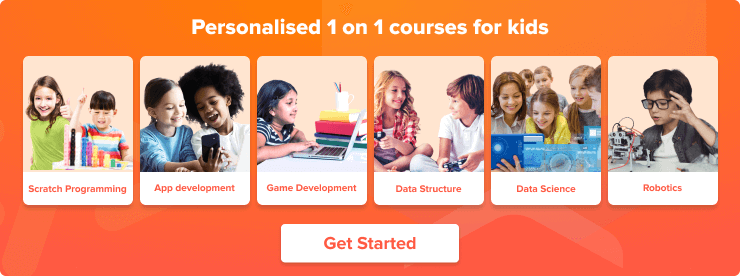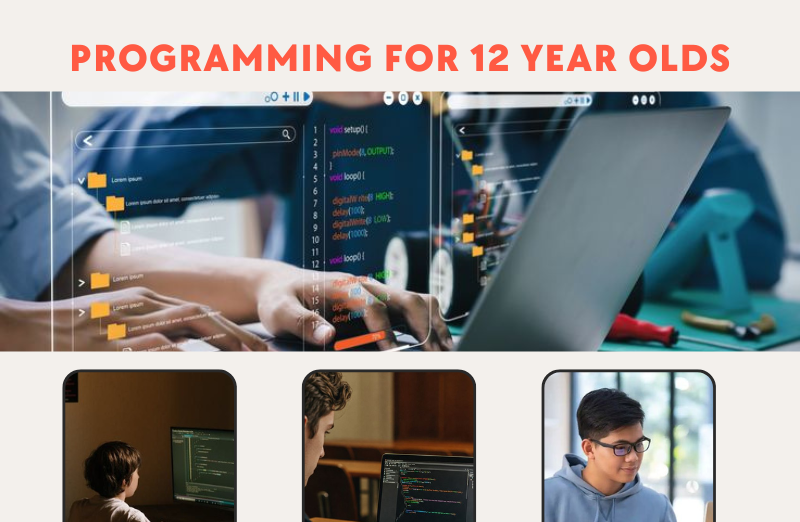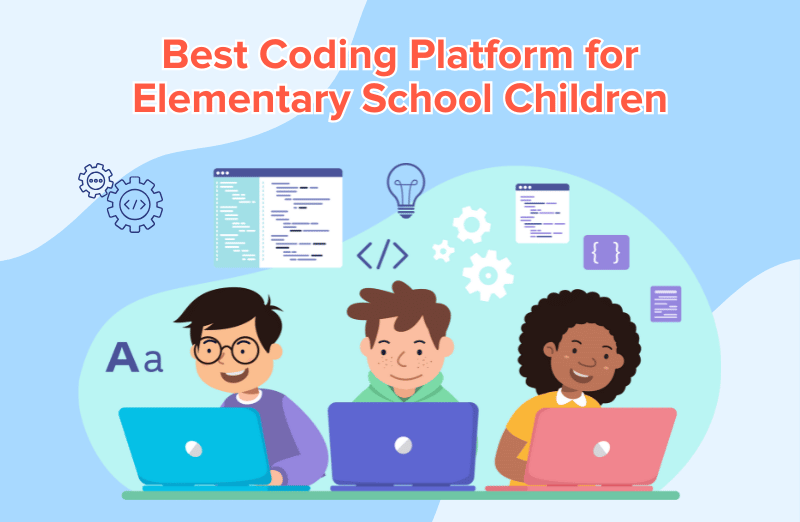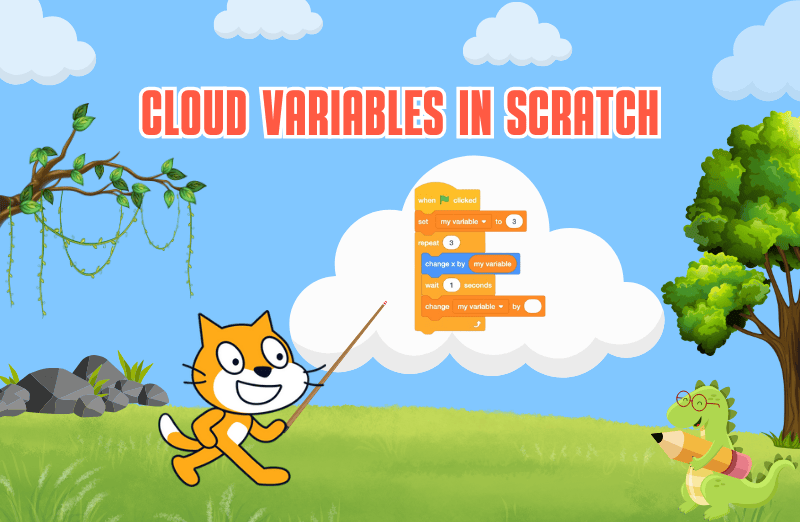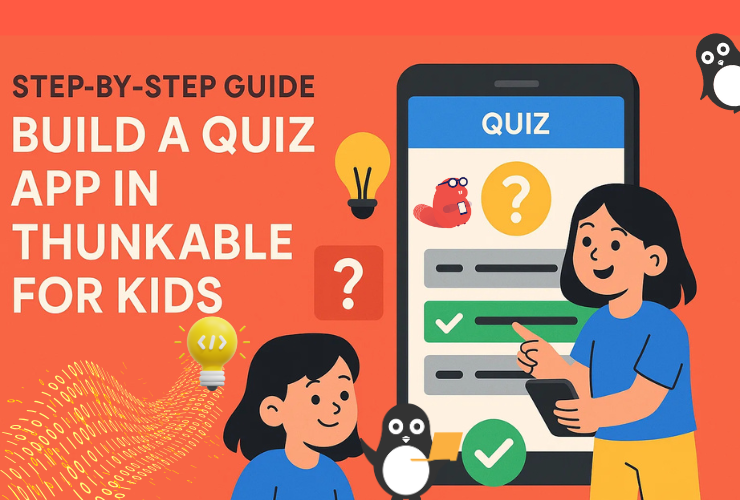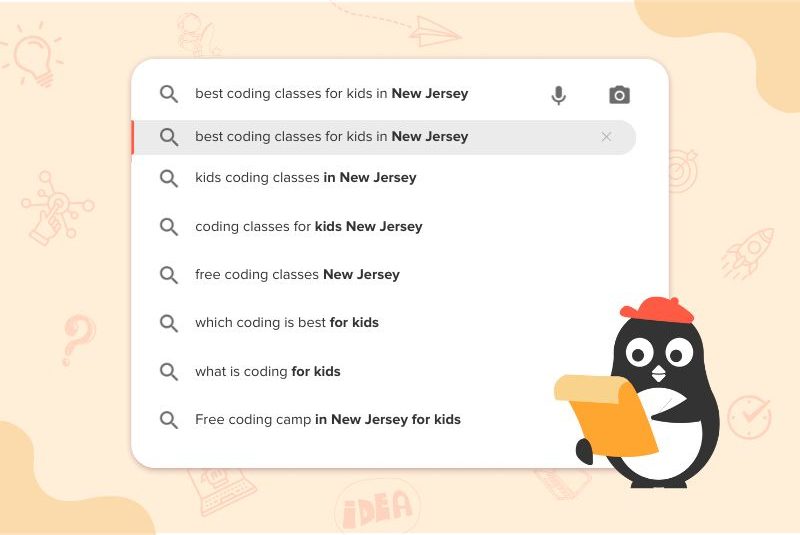Introduction
When most kids hear the word Math, their first reaction is often, “Oh no!” 😅 But what if Math wasn’t about memorizing formulas or solving endless worksheets? What if it was about building robots, coding games, designing roller coasters, or exploring outer space?
That’s the true magic of Math in STEM Education — where numbers stop being scary and start becoming the language of creativity, problem-solving, and discovery.
At Codingal, we believe that Math is more than just a subject — it’s a superpower that fuels every part of Science, Technology, Engineering, and even Art! Let’s dive deeper to understand what is the role of Math in STEM, why Math is so essential in STEM and how we can make it fun for kids. 🎯
Why Math Is the Heart of STEM
STEM stands for Science, Technology, Engineering, and Mathematics — four interconnected fields that shape the way we understand and build the modern world. And at the core of all of them lies Mathematics.
Think of Math as the engine that powers STEM learning:
| STEM Field | How Math Plays a Role | Example for Kids |
|---|---|---|
| Science | Helps measure, analyze, and predict outcomes. | Calculating speed in a race or growth of a plant. |
| Technology | Drives coding logic and data algorithms. | Using numbers to move a character in a Scratch game. |
| Engineering | Involves geometry, algebra, and measurements for design and construction. | Building a bridge using the right angles and lengths in LEGO or Minecraft. |
| Mathematics | Provides tools for reasoning, creativity, and decision-making. | Creating patterns, solving puzzles, and decoding logic challenges. |
Without Math, STEM would be like a rocket without fuel — it might look powerful but can’t actually take off! 🚀
How Math Builds Problem-Solving Skills
Math encourages logical thinking, pattern recognition, and creative problem-solving — skills that are vital in both classrooms and real-world innovation.
When kids tackle math problems, they learn to:
- Break big challenges into smaller, solvable steps.
- Think critically about multiple ways to reach a solution.
- Persist when something doesn’t work the first time.
These are the exact same skills engineers use to design machines, programmers use to debug code, and scientists use to test experiments.
💡 Example: When a student builds a robot that needs to move 5 steps forward and then turn right, they’re using counting, sequencing, and angles — that’s Math in action!
Making Math Fun Through STEM Activities
The best way to teach Math isn’t through repetition — it’s through real-world play and experimentation. Here are some ways kids can experience Math as something creative and exciting:
1. Game-Based Learning
Kids can design simple games using platforms like Scratch or Code.org. Every move, jump, or score update involves coordinates, angles, and calculations that is turning Math into gameplay!
2. Coding and Robotics
When students code with Python or control robots with MakeCode, they naturally use Math to calculate distances, loops, and timing.
Example: “Move 10 steps,” “Turn 90 degrees,” or “Repeat 5 times” — that’s geometry and algebra hidden in fun commands!
3. Engineering Challenges
Building towers, bridges, or roller coasters using everyday materials teaches measurement, balance, and geometry — all disguised as creative play.
4. Data and Patterns Exploration
Kids can collect data from weather, sports, or school experiments and create graphs. Visualizing numbers helps them connect Math to real-world patterns.
5. Math Art and Design
Combining Math with creativity — through shapes, symmetry, fractals, or tessellations — helps students see numbers as art. They can even use geometry tools in Polypad or digital drawing to design mathematical masterpieces! 🎨
Math Beyond the Classroom
Math isn’t limited to textbooks — it’s all around us:
- In music, where rhythm and beats follow mathematical patterns.
- In sports, where players use geometry to aim and physics to shoot.
- In nature, where flowers, shells, and snowflakes follow perfect mathematical ratios (like the Fibonacci sequence!).
Helping children spot Math in daily life builds curiosity and appreciation. When they realize that Math is hidden in art, games, and gadgets, learning it becomes exciting and meaningful.
Making Numbers Less Scary and More Exciting
Here’s how parents and teachers can help make Math a joyful part of learning:
- Connect Math with Interests: If your child loves space, use astronomy. If they love gaming, talk about coding logic and scores.
- Use Visual Tools: Charts, shapes, online simulators, or manipulatives like LEGO bricks make abstract math concepts easy to grasp.
- Celebrate Mistakes: Math is about exploration, not perfection. When kids make mistakes, they learn resilience and reasoning.
- Gamify Learning: Turn challenges into puzzles or friendly competitions. Let them “beat the level” instead of just “solve the problem.”
- Blend Tech and Math: Use coding apps, online quizzes, and math-based games to keep learning fresh and fun.
How Codingal Makes Math Fun in STEM
At Codingal, we make Math come alive through interactive STEM programs that combine coding, creativity, and curiosity.
Here’s what makes our approach special:
- Hands-on learning: Kids solve real-world problems through coding and design.
- Project-based lessons: From designing math games to creating shape visualizers and AI quizzes.
- Interactive platforms: Using tools like Polypad, Scratch, and Python Turtle, students explore geometry, symmetry, and algebra through visuals.
- Confidence building: Every project helps kids see Math as something they can do, use, and enjoy!
By the end of a Codingal course, students don’t just memorize formulas — they understand how Math powers the technology they use every day.
In Conclusion
Math isn’t just about solving equations — it’s about solving life’s puzzles. When combined with STEM education, Math becomes a tool for imagination and innovation.
By turning numbers into hands-on challenges, interactive projects, and creative games, we can help kids discover the beauty of Math in everything they do.
At Codingal, we’re on a mission to make every child fall in love with Math — one code, one problem, and one “aha!” moment at a time.
💡 Because when Math becomes fun, the possibilities become endless. 🚀
